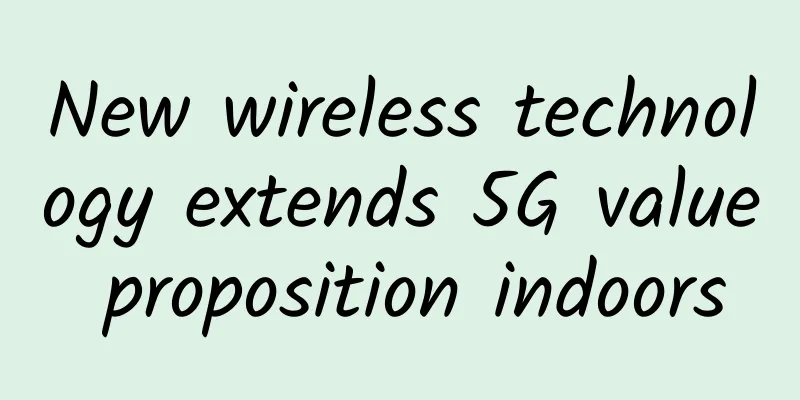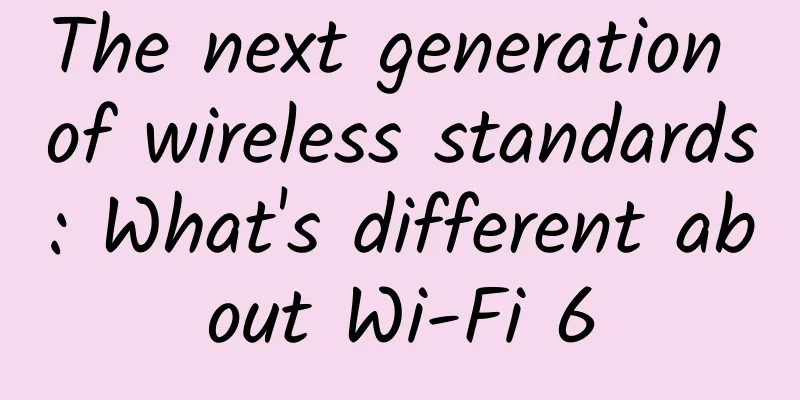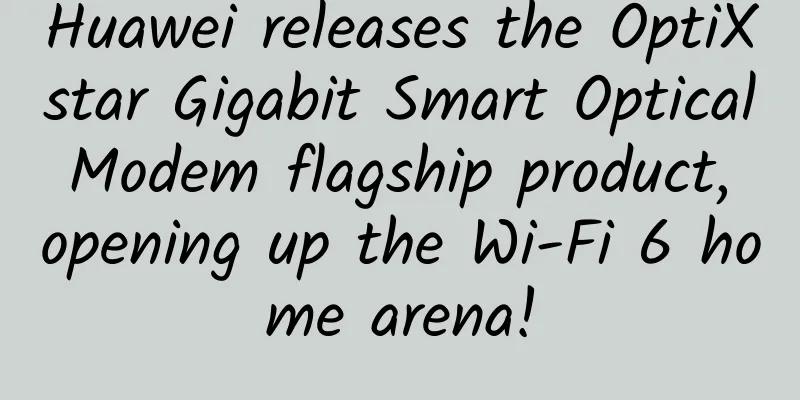New wireless technology extends 5G value proposition indoors

|
Since most 5G networks are deployed using the 3.5 GHz band, they are likely to be affected by indoor environments because outside-in cannot provide adequate indoor coverage in mid- and high-bands, 3.5 GHz, and millimeter wave (mmWave). Indoor wireless solutions are critical to the success of 5G in both consumer and enterprise markets. However, traditional solutions such as distributed antenna systems (DASs) do not support frequencies above 3 GHz and require significant retrofit engineering work to increase their capacity. Growing network capacity demands and costly field infrastructure upgrades are driving infrastructure providers to invest in other innovative technologies. A new wave of technologyABI Research said some of the revolutionary technologies include distributed massive multiple-input multiple-output (mMIMO), radio striping, holographic beamforming (HBF) antennas, pCell technology, open radio access network (RAN) DASs, and reconfigurable smart surfaces (RISs). Among these technologies, distributed mMIMO, HBF, and pCell are already available and are expected to be deployed on a large scale in 2023. “Distributed mMIMO integrates mMIMO into indoor systems to achieve gigabit connectivity and sustainable network capacity expansion. Tailored for mmWave and software-defined antennas, HBF antennas adopt the lowest possible architecture in terms of size, weight, power and cost (SWaP-C), which are recognized as important considerations for network operators in denser 5G networks. pCell technology exploits interference in wireless networks through large-scale coordination between distributed transceivers and synthesizes a cell for each user. “It exponentially increases spectrum capacity with uniform high data rates across the entire coverage area,” explained Fei Liu, industry analyst for 5G and mobile network infrastructure at ABI Research. “The move towards 5.5G Open RAN DAS could be another technology where there is an open interface between the Radio Unit (RU) and Virtualized RAN (vRAN) functions running on cloud infrastructure, thus reducing the number of transmitter elements and hence the associated power consumption, solving one of the main issues facing network operators. In the long term, RIS and Radio Stripes are seen as promising for improving indoor coverage,” Liu added. RIS is almost passive, has no power amplifiers, and does not transmit new waves. Therefore, power consumption is much lower. Radio striping is another technology that promises to improve network quality and performance while simplifying network deployment. "Academic research on RIS has been going on for several years, and now it is time for industry players (including vendors and network operators) to actively participate and provide clearer feedback on which directions to prioritize. RIS needs time and experience to become a revolutionary technology." - Liu Fei |
<<: Black screen problem on some live IPTV channels under BRAS equipment
>>: Five major trends in the new stage of 5G development
Recommend
In the first half of the year, Internet companies above designated size achieved business revenue of 695.1 billion yuan, a year-on-year increase of 25.6%.
Recently, the Ministry of Industry and Informatio...
Our company’s “Double 11” flow control plan, come and copy our homework!
[[430197]] Image from Baotu.com If the scenic spo...
If you were asked to design the SSL/TLS protocol
Preface Speaking of network communication protoco...
What are the challenges of using multiple team collaboration apps?
Many companies are already using various team col...
Juniper Networks will aggressively enter the OTT market in 2018, connecting the world with secure and efficient networks
[51CTO.com original article] From June 7 to 8, 20...
Faconhost: £17.5/year-1GB/15GB NVMe/500GB@300Mbps/Los Angeles 9929 line
Faconhost is a relatively new foreign hosting com...
Communication module, why is it so popular?
In recent years, with the rise of mobile communic...
Four-stage hierarchical optimization to solve 5G network optimization challenges
With hundreds or even thousands of parameter comb...
HUAWEI CONNECT 2017 is coming, and the digital transformation of the industry will open up new growth space
At the 2017 Huawei Analyst Conference in April 20...
my country has initially built the world's largest 5G mobile network
"Since the implementation of network speed-u...
Four major issues and three major directions: these are what you should know about 5G pre-commercial use!
At the MWC that just ended last week, 5G can be s...
DogYun New Year's Day promotion: 30% off on Elastic Cloud, 20% off on Classic Cloud, 100 yuan off per month for dedicated servers, 10 yuan free for every 100 yuan recharged
DogYun (狗云) has launched a promotional event duri...
The intelligent world is waiting for you to build. Huawei Cloud joins hands with millions of developers to Login 2020
What does an intelligent world where everything i...
Wi-Fi 6 and 5G: Which is more secure, and where will our data go?
Historically, one of the biggest drawbacks of Wi-...
What is the difference between SNMP Trap and Syslog?
System administrators use Syslog or SNMP Trap for...









